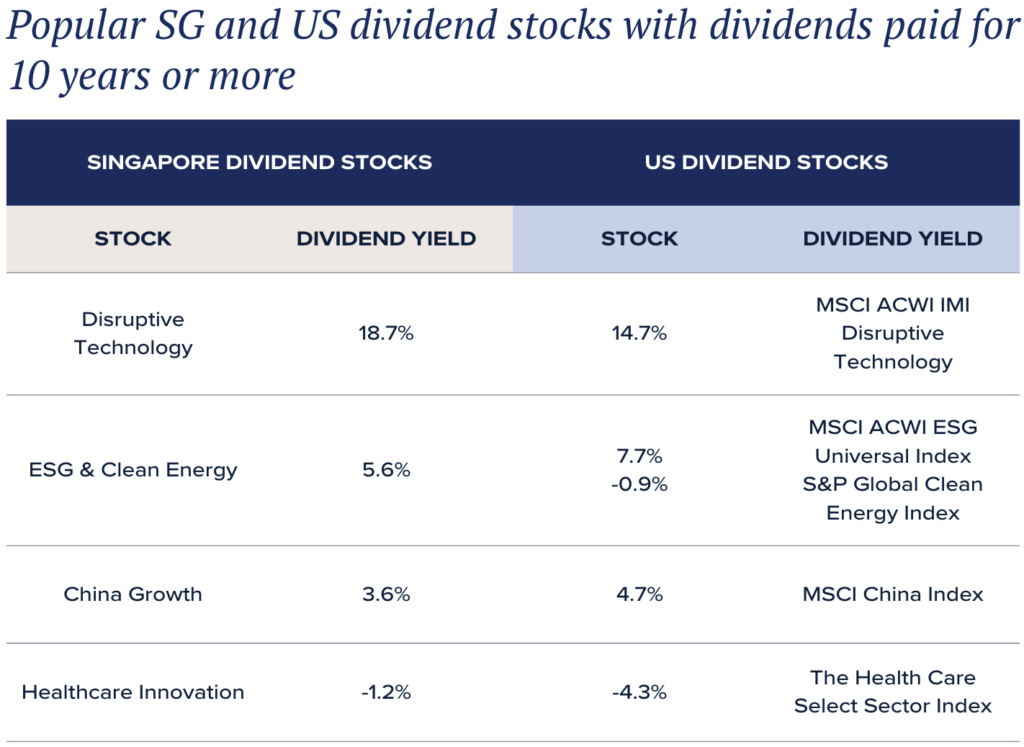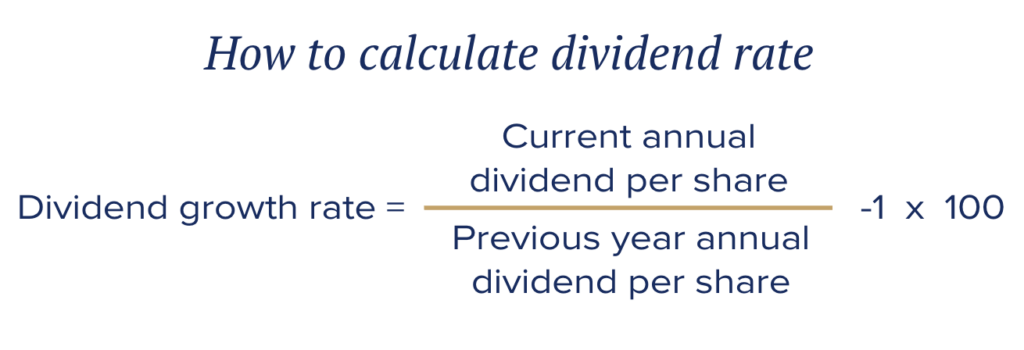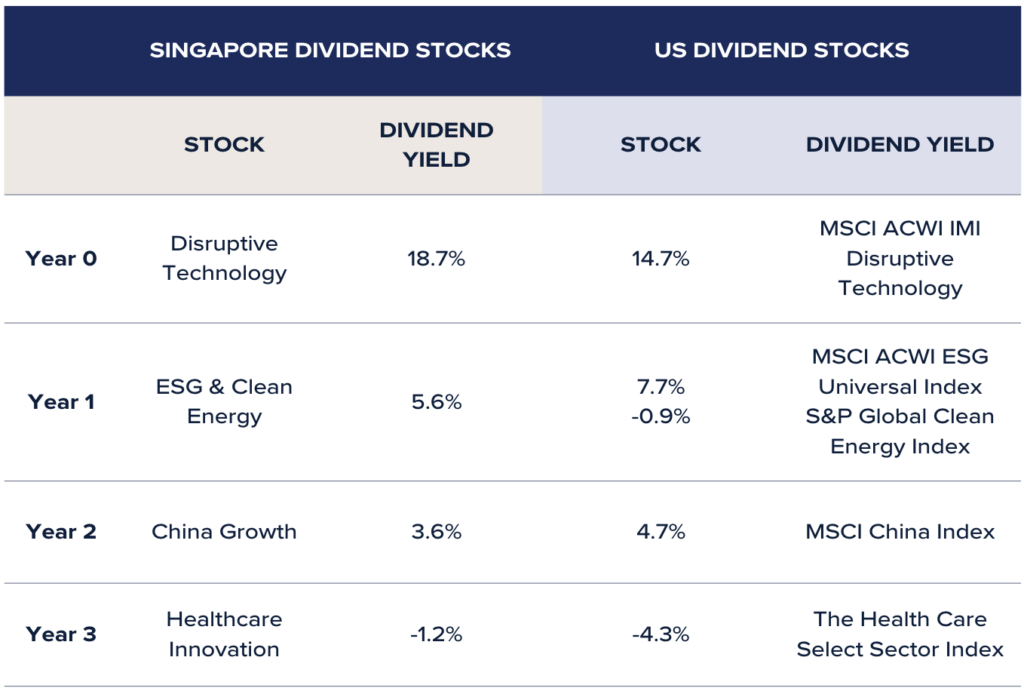
Dividend investing is an easy way to earn passive income. A $10,000 investment in a stock with a 5% dividend yield will provide you with $500 in yearly dividend income – all without you doing anything!
In fact, the best dividend stocks can boost your total returns over time through a combination of dividend payouts and stock price appreciation. Since 1930, dividends when reinvested have accounted for about 40% of the S&P 500’s total returns, all thanks to the magic of compounding.
But not all dividend stocks are a good investment. For example, a stock with a very high dividend yield might turn out to be a dividend trap.
How to choose the best dividend stocks
Rather than focusing on dividend yield alone, a better strategy is to pick dividend stocks that will give you steady, attractive income for the long term. These five factors can help you on your quest for the best dividend stocks:
- Dividend track record
- Dividend payout ratio
- Dividend growth rate
- Current dividend yield
- Company fundamentals
1. Analyse the dividend track record
For long-term dividend investors, a company that pays out dividends like clockwork is more attractive than a company that pays a high dividend one year, but not the next.
One place to find reliable dividend stocks is to look at dividend aristocrats, companies that have been paying – and raising – their dividends for many consecutive years. An example would be these popular Singapore and US dividend stocks.

2. Use dividend payout ratio to evaluate sustainability
The dividend payout ratio is the percentage of a company’s earnings used to make dividend payments. It’s calculated by dividing the dividend per share by the earnings per share (EPS).

The payout ratio gives an indication of whether a company is using too little or too much of its cash resources for dividends. Generally speaking, a ratio of 50% or more would be considered high since more than half of the company’s profits are being returned to shareholders as dividends.
But a payout ratio that is too high (75% or more) may mean that the dividend is unsustainable. The company may cut or suspend dividends if it runs into cash flow problems.
Ultimately, payout ratios can vary by sectors, so there are no hard-and-fast rules when it comes to determining a “good” payout ratio.
3. Outpace inflation with a robust dividend growth rate
The dividend growth rate measures the growth of a company’s dividend payouts over time. Stocks with sustained dividend growth can guard against inflation since the increase in dividends each year helps you preserve more of your purchasing power.

Using the calculation above, if a stock paid an annual dividend of $7 in 2021 and $8 in 2022, the one-year dividend growth rate would be 14%. Naturally, it’s also important to look at a stock’s dividend growth rate over several years.
Generally, a company that can consistently grow dividends by 5% to 10% every year would be considered good.
4. Is high dividend yield always better?
While it can be tempting to pick stocks with the highest dividend yield, a high dividend yield can sometimes be misleading. Dividend yield is calculated by dividing a company’s annual dividend by its share price on a certain date. For instance, if the annual dividend is $3 and the stock price is $100, the dividend yield is 3%.

But what if the same stock falls to $60, perhaps due to company mismanagement? The dividend yield now becomes 5%, although the annual dividend itself remains unchanged. This scenario is often called a dividend yield trap.
A stock with a high dividend yield is attractive, but that’s not the only metric to focus on. You should also evaluate if the company can sustain and grow its dividend payouts over time.
5. Check company fundamentals
Apart from financial metrics, ask yourself if the company has a fundamentally strong business model. Look out for companies with sustained revenue and profit growth, healthy cash flow, and a robust economic moat or competitive advantage. After all, a company with declining revenue and profit is unlikely to have much cash left to distribute as dividends.
Money makes money
As Benjamin Franklin once said, “Money makes money. And the money that money makes, makes money.”
That in a nutshell, is how compounding can make you rich – and why reinvesting your dividends can supercharge your returns. Instead of withdrawing your dividend payments, you can use them to buy more shares of the stock, which then gives you more dividends next time.

This strategy makes sense if you’re a long-term investor and you still have many years on your investment horizon.
Ready to grow your wealth with dividend stocks? Syfe Brokerage offers access to SGX-listed stocks, ETFs and REITs. Enjoy just 0.06% commission with transparent pricing and no hidden fees when you trade the Singapore market.




You must be logged in to post a comment.